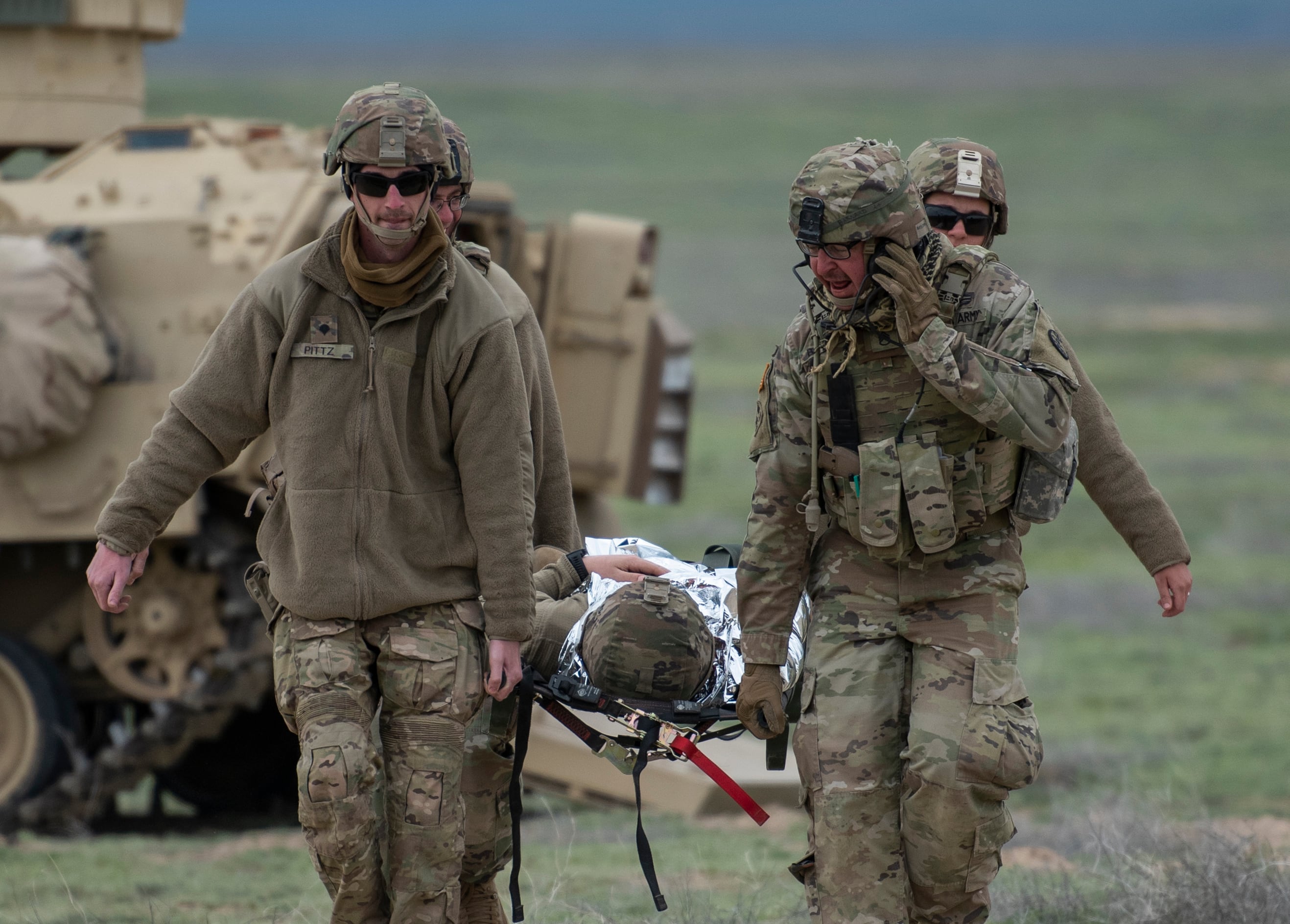Lawmakers on Wednesday voiced serious concerns that recent military recruiting difficulties may be an omen of sizable personnel shortfalls in coming years, unless Defense Department leaders can make major changes.
But Pentagon leaders said that ongoing recruiting challenges are not at that level of threat yet, and they are working to ensure they don’t ever get there.
During a budget hearing before the Senate Armed Services Committee, personnel officials from the five services characterized this year as “arguably the most challenging recruiting year” since the start of the all-volunteer force.
Through the first five months of fiscal 2022, the service had reached only about 23% of its active-duty goal for new recruits. But Lt. Gen. Gary Brito, deputy chief of staff for the service’s personnel issues, said he is still optimistic the Army will reach its target by this fall.
Air Force leaders said the service is on track at the moment but may fall “1 or 2%” below levels mandated by Congress in the defense authorization act.
Navy, Marine Corps and Space Force officials said they expect to reach their goals, but with some difficulty. Navy officials said they believe they’ll have fewer deferred entry candidates this year than expected, potentially creating recruiting problems in future years for the sea service.
That raised concerns from several lawmakers. Sen. Thom Tillis, R-N.C. and ranking member of the committee’s personnel panel, said the numbers should be a wake up call for both the Pentagon and Congress.
“I’m worried we’re now in the early days of a long-term threat to the all-volunteer force, with a small and declining number of Americans who are eligible and interested in military service,” he said. “Every single metric tracking the military recruiting environment is going in the wrong direction.
“In most cases, we’re seeing the worst numbers in the last few decades.”
In a separate press conference, Pentagon press secretary John Kirby acknowledged the challenge but downplayed the scope of the problem.
“[Defense Secretary Lloyd Austin] recognizes that the services have unique recruiting demands, not just in terms of numbers, but in terms of skill sets. It is absolutely on his mind,” Kirby said. “He has had a good session with the service secretaries [on this] and I fully expect that there will be more going forward.”
Under Secretary of Defense for Personnel and Readiness Gil Cisneros Jr. told senators that the post-pandemic labor market — where private companies are competing for a smaller pool of job candidates — has been the biggest challenge for military recruiting and retention.
RELATED

Other lingering issues, like rising obesity and drug use among the American public, remain problems.
He said the proposed 4.6% pay raise for troops and increased housing stipends in the fiscal 2023 budget request will help, but added that his office is “working closely with the services to leverage all authorities, resources, and tools to address these challenges.”
Service officials also testified they are reviewing a host of quality of life issues as they review their recruiting problems. Kirby said Austin does not want to dictate any military-wide recruiting mandates, given the individual needs of the services, but is looking to see where department officials can offer more help.
Lawmakers are expected to release their initial drafts of the fiscal 2023 defense authorization bill in coming weeks. Those could include annual recruiting bonus authorities and potentially more money to help entice would-be recruits.
Leo covers Congress, Veterans Affairs and the White House for Military Times. He has covered Washington, D.C. since 2004, focusing on military personnel and veterans policies. His work has earned numerous honors, including a 2009 Polk award, a 2010 National Headliner Award, the IAVA Leadership in Journalism award and the VFW News Media award.





